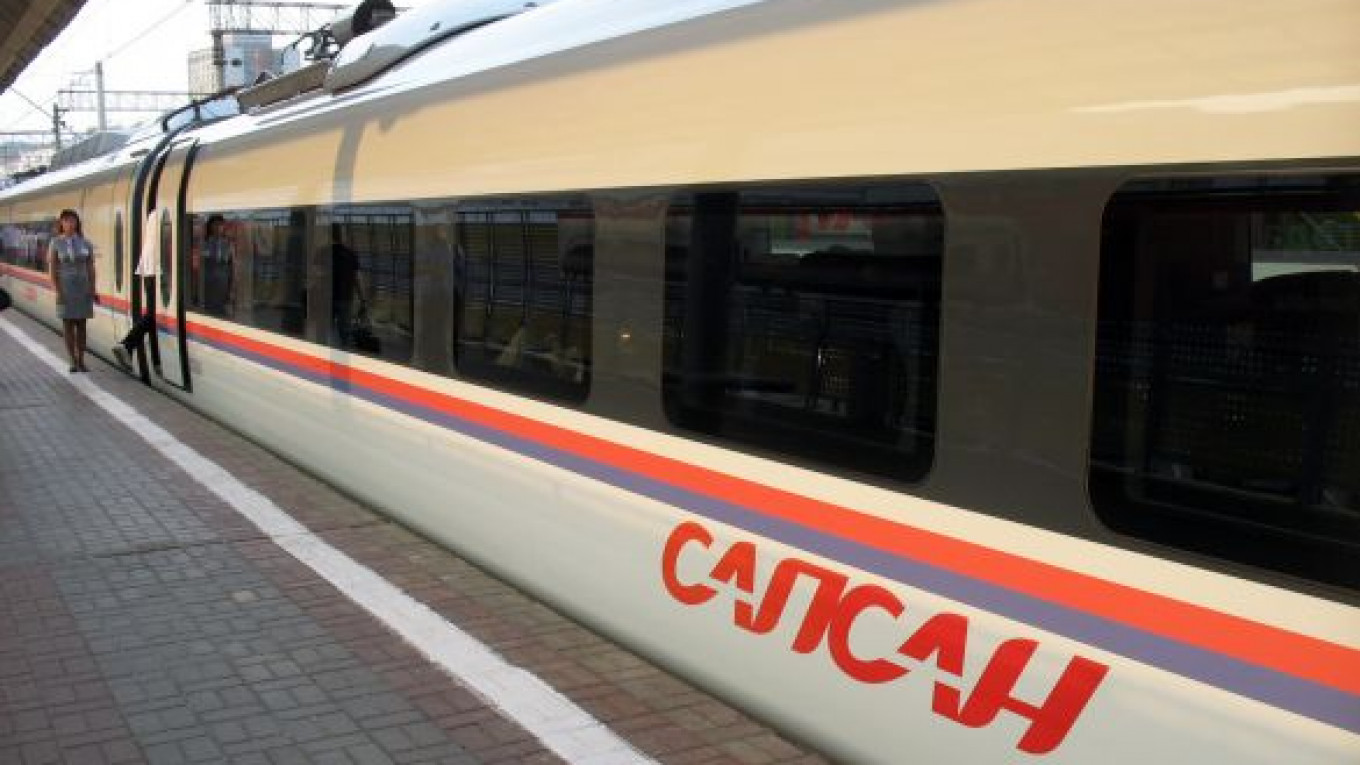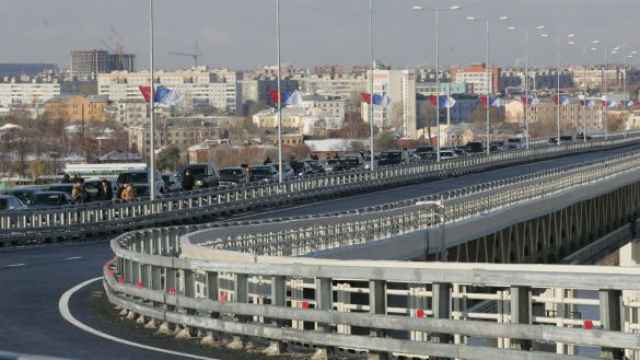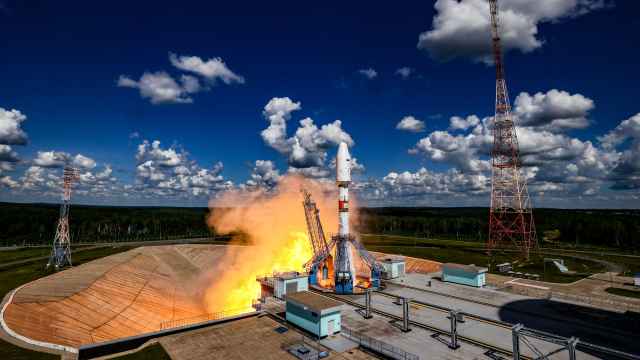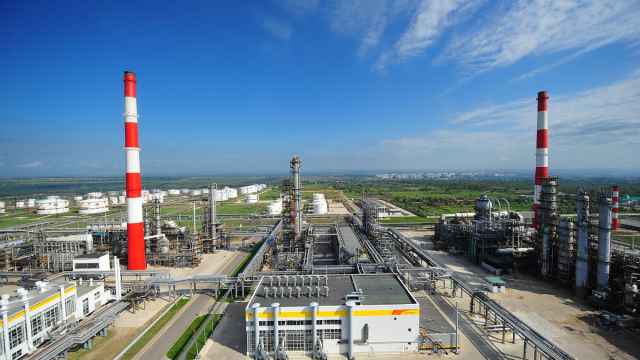NIZHNY NOVGOROD — Russian Railway's Sapsan train will now run twice daily between Nizhny Novgorod and Moscow, the company said in a statement Monday, adding seats to a route that has become popular since its launch in late July.
The Sapsan — or peregrine falcon in Russian — began traveling between Moscow and St. Petersburg in mid-December, slashing travel times between the country's two main cities to just under four hours.
On July 30, the state railway monopoly, also known as RZD, added a leg to Nizhny Novgorod, which local officials believe could help Russia's fifth-largest city restore its historical reputation as a hub of commerce and business.
The morning route will allow Nizhny Novgorod residents to leave at 6:45 and arrive in Moscow at 10:40, with just a brief stop in Vladimir.
The cheapest economy-class ticket from Nizhny Novgorod to Moscow will cost 1,267.40 rubles ($41.44), with the least expensive business-class seats going for roughly three times more, at 3,374 rubles. On Thursdays, Fridays and Sundays the prices are 22 percent to 24 percent higher.
RZD spokesman Dmitry Pertsov estimated that seat occupancy on the full route from St. Petersburg to Nizhny Novgorod has been 70 percent to 75 percent since the launch. The St. Petersburg to Moscow trains are almost always 100 percent full, he said.
"This is the normal occupancy. We make the estimates for the whole Sapsan project," he said, declining to break the figures down by weekday and weekend.
Sapsan has already stirred up some controversy because some local commuter trains were canceled, prompting some shoe and rock throwing by the locals.
The high-speed train has also killed two people crossing the tracks since its launch, and in late August a man lost a leg to a Sapsan while crossing the tracks in the Leningrad region.
RZD is now running advertisements on state television featuring the slogan, "If you throw a rock at a train, you hit a person," in an effort to discourage the attacks. The spots do not, however, feature a high-speed train.
The company also appears to be in serious talks about running a route to Kiev, Ukraine's ambassador to Russia, Volodymyr Yelchenko, said Thursday.
"I met with [RZD president Vladimir] Yakunin last week. He said they want to launch the Sapsan in Kiev," Yelchenko told St. Petersburg Governor Valentina Matviyenko, according to comments carried on RZD's web site.
In June, RZD and Ukrainian Railways agreed to create high-speed routes, although the terms are still under discussion.
But while the Siemens-built train is capable of traveling at 400 kilometers per hour during test drives, its speed does not exceed 160 kilometers per hour on the journey between Moscow and Nizhny Novgorod.
"It's clean, it's all neat, everybody's polite, but the speed … where’s the speed? This, after all, should be a high-speed train!" complained a passenger on a recent trip to Moscow.
A Message from The Moscow Times:
Dear readers,
We are facing unprecedented challenges. Russia's Prosecutor General's Office has designated The Moscow Times as an "undesirable" organization, criminalizing our work and putting our staff at risk of prosecution. This follows our earlier unjust labeling as a "foreign agent."
These actions are direct attempts to silence independent journalism in Russia. The authorities claim our work "discredits the decisions of the Russian leadership." We see things differently: we strive to provide accurate, unbiased reporting on Russia.
We, the journalists of The Moscow Times, refuse to be silenced. But to continue our work, we need your help.
Your support, no matter how small, makes a world of difference. If you can, please support us monthly starting from just $2. It's quick to set up, and every contribution makes a significant impact.
By supporting The Moscow Times, you're defending open, independent journalism in the face of repression. Thank you for standing with us.
Remind me later.






